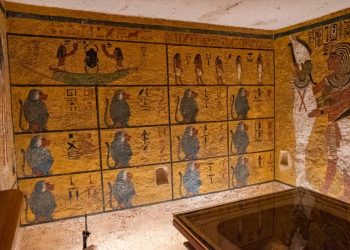The exact number of written languages used in the ancient world will forever remain a secret as archaeology continues to discover new forms of communication with each following decade. Now, if we were to list the 11 oldest examples of written language per period of founding, we would generally have a simple list made of Egyptian, Sumerian, and several forms of ancient Semitic languages from the Bronze Age. Instead, we have selected the 11 oldest examples of written languages with great significance to archaeology and history. Listed according to their assumed age, several of these languages remain in use today, some even by tens of millions worldwide.
1. Sumerian (≈ 3400 B.C.)
It is only logical that the most ancient civilization would also have the oldest written language. Based on the discovery of the Kish tablet, now considered the oldest written artifact, the Sumerian language already existed in a simple form in 3400 B.C. It is arguable whether it should be dated to 3500 B.C. or 100 years later but given that historians have yet to translate the writings on the Kish tablet, I do not consider it a first world problem at this given time.
2. Egyptian Hieroglyphics (≈ 3200 BC)
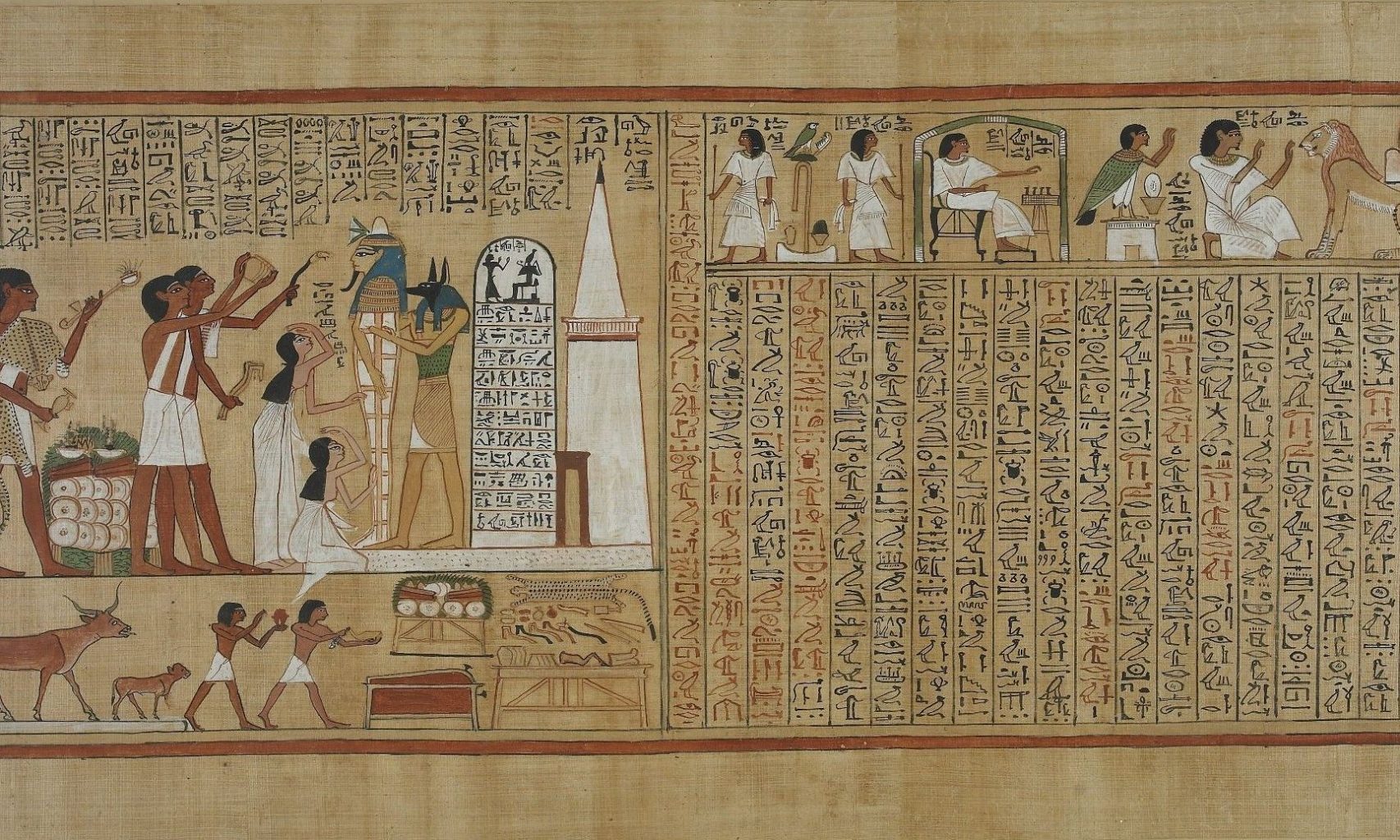
Here comes the ancient civilization of wonders – the Egyptians. Overtaken by the slightly older Sumerian language, the oldest Egyptian hieroglyphics originate from around 3200 B.C. These ancient Egyptian hieroglyphs were written in the most basic form of proto-writing. If we have to talk about serious writings of full sentences with full meaning, we have to time-jump to the 28th century BC. This is around when Egyptian was already a “mature” language, and the hieroglyphs appear to be more advanced.
3. Akkadian (≈ 2500 BC)
Named after the ancient city of Akkad, the capital of the mighty Akkadian Empire, it is the earliest form of a Semitic language and is dated around 2500 BC. Historians often consider Akkadian to be the more advanced form of Sumerians as the two ancient languages are strikingly similar. Moreover, signs of writing in Akkadian are often found in more ancient Sumerian texts, which, once again, suggest a transition between the two languages.
4. Mycenaean Greek (≈ 1600 BC)
Yes, I cheated! There are dozens of known languages from the period between Akkadian and Mycenaean Greek, but most are Mesopotamic languages with too many similarities to Akkadian to make our list. This is the earliest form of Greek that existed until the fall of the Mycenaean civilization. Curiously, the only written artifacts in this ancient language are inventory records. Unlike their Greek successors, who wrote everything literally, Mycenaeans did not write poetry, their history, or anything significant.
5. Sanskrit (≈ 1500 BC)
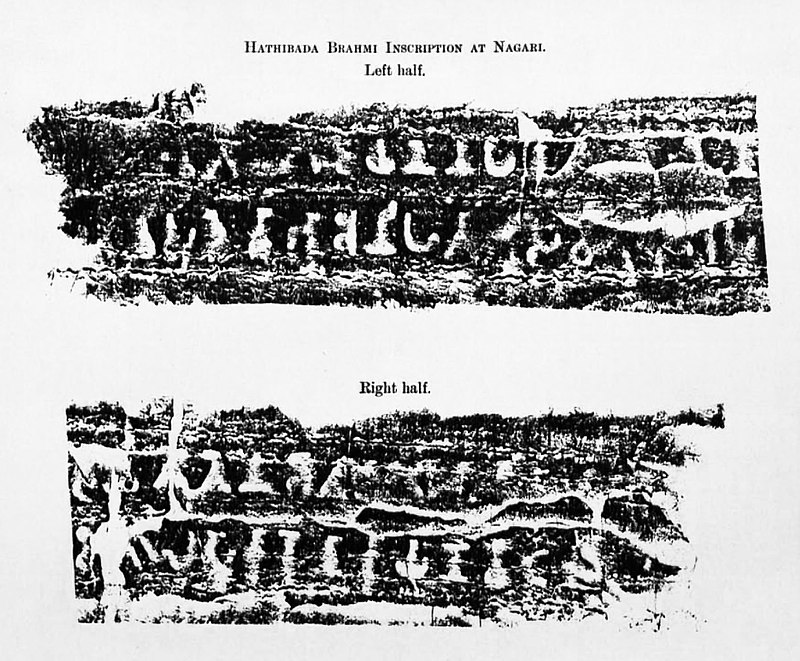
Sanskrit is a bit of a mystery. The earliest forms originate from around 1500 BC, although the advanced classical form of the language originates from the middle centuries of the first millennium BC. Sanskrit is perhaps one of the most important ancient languages as it is the core of numerous other scripts from ages after. Moreover, it has been the official liturgical language of several major religions like Hinduism.
6. Old Chinese (≈ 1250 BC)
All forms of the Chinese language are impressively complex. Historians believe that even this earliest form of Chinese had over 4000 characters while not more than half have been deciphered. The earliest artifacts in Old Chinese consist of inscribed oracle bones found in the ancient city of Yinxu. This written language was used until around 600 BC, when it had already evolved into Classical Chinese.
7. Aramaic (≈ 900 BC)
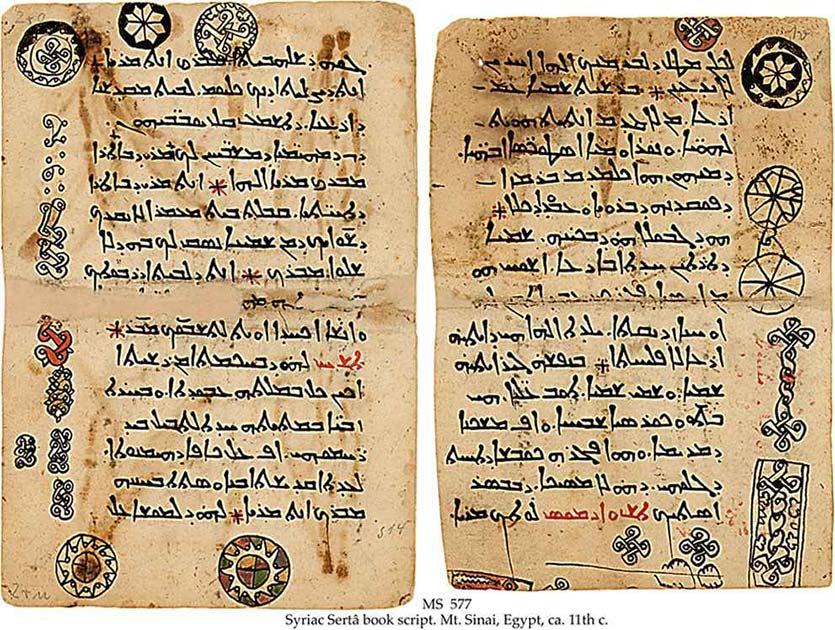
Initially the language of the Aramean tribes, Aramaic, can be considered the most major language in the ancient region of Syria. Most languages from this region adopted its alphabet and most of its characteristics. It is generally accepted that Aramaic was once considered a royal language and was spoken in all royal courts in the region. The earliest texts in Aramaic date back to the 10th century.
8. Hebrew (≈ 900 BC)
We can easily argue over the age of Hebrew and whether it came before or after Aramaic. However, it is not such a significant question when you consider that Hebrew is nowadays spoken by around 10 million people. Well, I made it sound like it was spoken throughout all the 3000 years of existence. No, it was forgotten for over a millennium until it was revived in the 19th and early 20th centuries. Later on, it was adopted by Israel and is the official language of the country today.
9. Latin (≈ 700 BC)
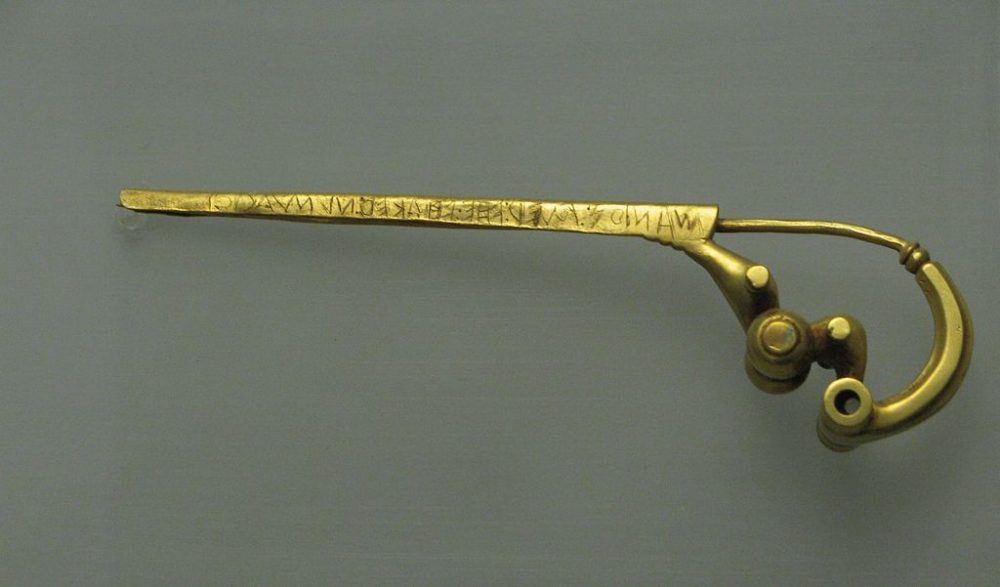
I believe it would be a mistake to consider that Latin originates from around 700 BC, but this is about the age of the oldest written artifact found in Latin. Having that the Romans spoke Latin from the founding days of Rome in 753, and it is also believed that the language already existed in the region before them, we can generally consider Latin a significantly older language. Latin may be considered dead as a spoken language, but it remains extremely important in our modern-day world for scientific purposes. People study it extensively in medicine, for example.
10. Old Persian (≈ 600 BC)
Persian is one of the few ancient languages that are still heavily used today. Well, for the most part. Old Persian may be the most ancient form of Persian, but it has evolved several times throughout the ages to reach us in the form of Farsi. Old Persian originates from the days of the Achaemenid Empire, often recalled as the First Persian Empire, and it existed until it was replaced by the more advanced Middle Persian language.
11. Tamil (≈ 400 BC)
Tamil is the only ancient language to have never fallen out of use. It remains the official language of the Tamil people in India and Asia overall and is spoken by over 70 million around the world. The most curious fact about Tamis is that it is nearly unchanged 2500 years later. Contemporary natives could easily read the most ancient forms of Tamil, which is impossible with any other ancient language and its modern counterpart.







